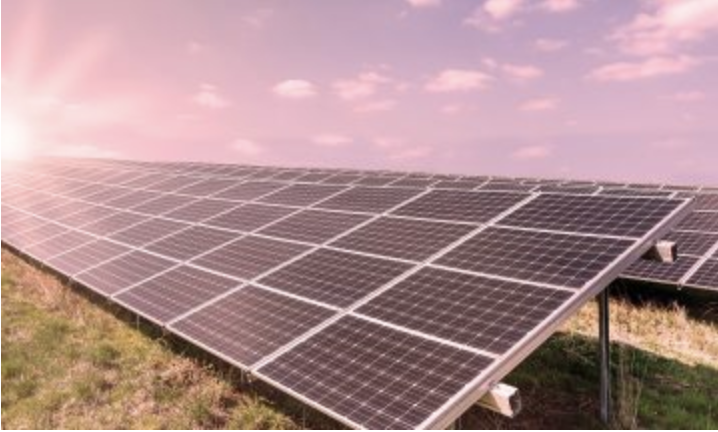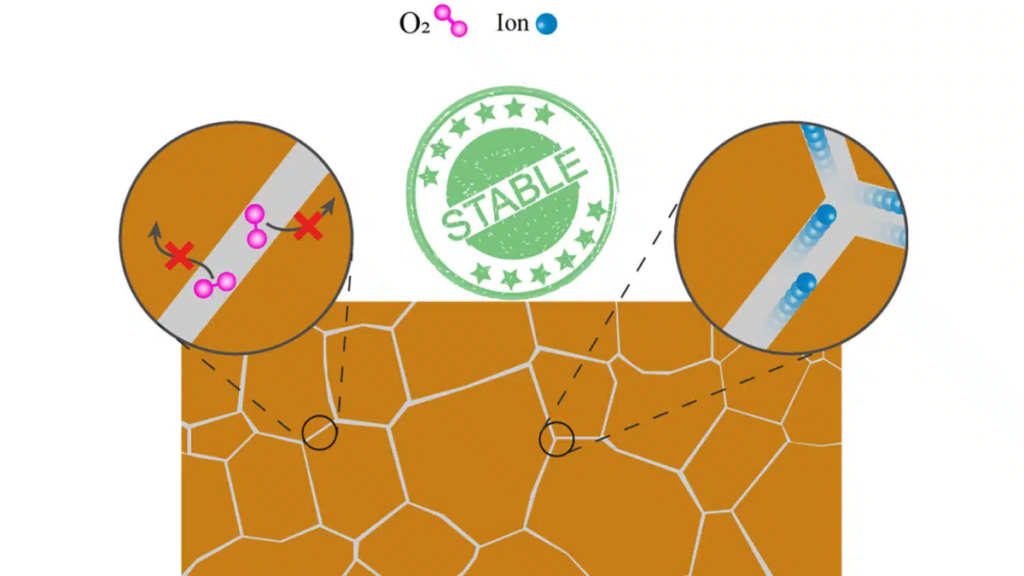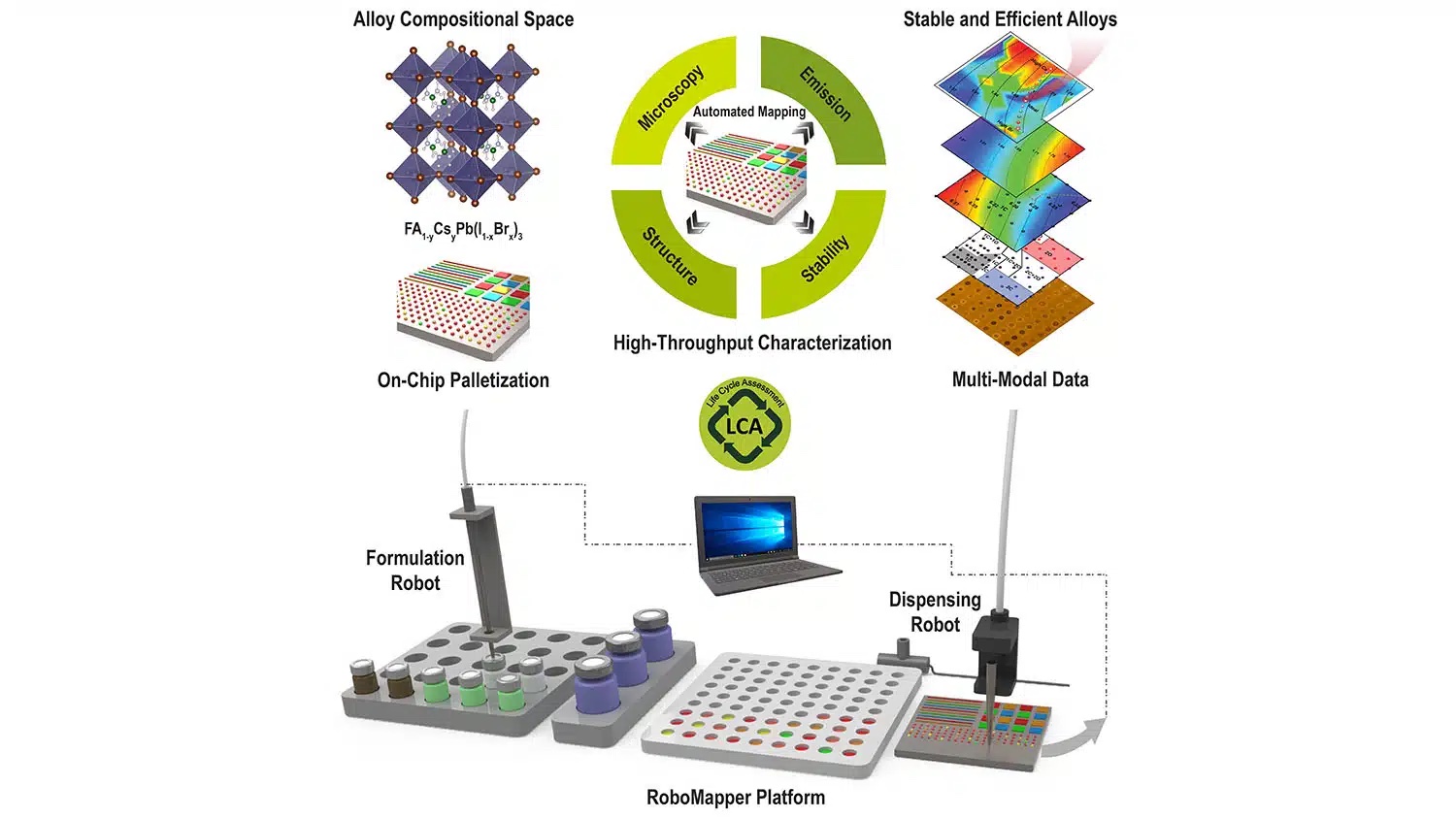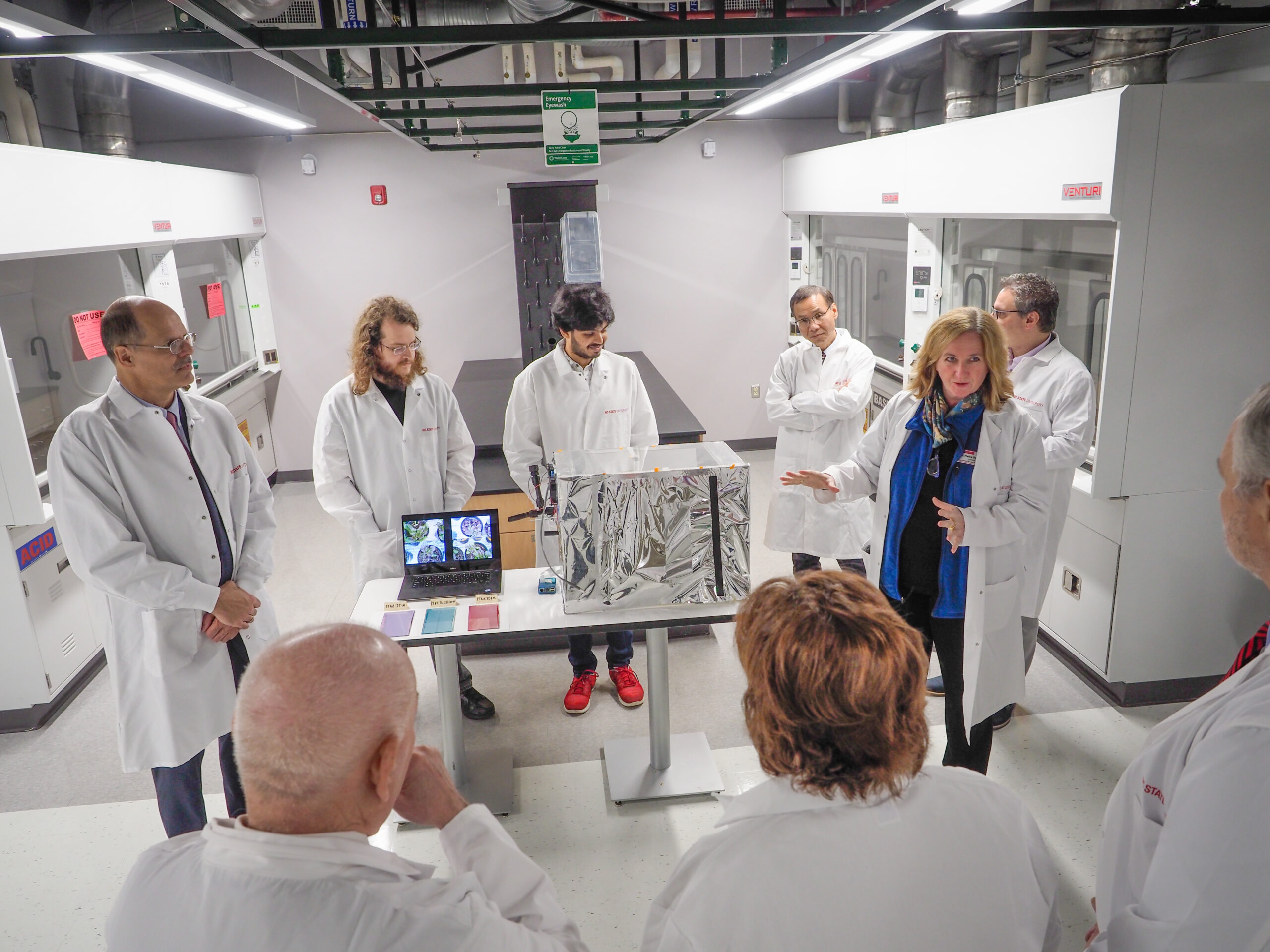Corralling Ions Improves Viability of Next Generation Solar Cells

Researchers have discovered that channeling ions into defined pathways in perovskite materials improves the stability and operational performance of perovskite solar cells. The finding paves the way for a new generation of lighter, more flexible, and more efficient solar cell technologies suitable for practical use.

Perovskite materials, which are defined by their crystalline structure, are better at absorbing light than silicon is. That means that perovskite solar cells can be thinner and lighter than silicon solar cells without sacrificing the cell’s ability to convert light into electricity.
“That opens the door to a host of new technologies, such as flexible, lightweight solar cells, or layered solar cells (known as tandems) that can be far more efficient than the solar harvesting technology used today in so-called solar farms,” says Aram Amassian, corresponding author of a paper on the discovery. “There’s interest in integrating perovskite materials into silicon solar cell technologies, which would improve their efficiency from 25% to 40% while also making use of existing infrastructure.” Amassian is a professor of materials science and engineering at North Carolina State University.
However, working with perovskite materials poses a challenge, because – to date – it has not been possible to sustain long term operational stability in perovskite solar cells. Perovskites are ionic materials, and when a voltage is applied to a perovskite, it causes ions to migrate through the material. These migrating ions are believed to contribute to chemical and structural changes in the material that ultimately make the materials inefficient and unstable. To make practical perovskite solar cells, researchers need to find a way to address this problem.
“We have not found a way to prevent ions from moving through perovskite materials, but we have found that it is possible to steer these ions into a safe conduit that does not impair the material’s structural integrity or performance,” Amassian says. “It’s a big step forward.”
The safe conduit, in this case, is something called a grain boundary. Perovskite materials are multi-crystalline materials. That means that when you are “growing” a perovskite, the material forms as a series of crystals – or “grains” – that are flush with each other. These grains are responsible for absorbing light and generating the charges responsible for the electrical current. Each of those grains has the same crystalline structure, but the grains may be oriented in slightly different directions. The area where the grains touch is called a grain boundary.
“What we’ve found is that grains are better protected from impairment when the ions move predominantly along the grain boundary,” says first author and co-corresponding author Masoud Ghasemi, a former postdoctoral researcher at NC State who is now a postdoctoral researcher at Penn State. “Coupling this with what is already known about perovskite materials, it’s clear that problems start when grain boundaries are weak, which makes it easier for ions to move into the grains themselves. Designing stronger grain boundaries that protect the grains is essential to block migrating ions and other harmful species like oxygen from entering the grains, mitigating problematic chemical and structural changes in the material.”
“This is an important insight, because there are established techniques we can use to engineer perovskite materials and their grain boundaries; we can now make use of these approaches to protect the grains,” Amassian says. “We demonstrate how those techniques strengthen grain boundaries in this paper. In short, we now know what needs to be done to make far more stable perovskites.”
The work may also inform the development of more efficient energy storage technologies.
“This work advances our fundamental understanding of how ions move through any crystalline material that can carry charge, not just halide perovskites,” Amassian says. “We’re excited to talk to colleagues who work on energy storage about how this may inform the engineering of faster ion conductors.”
The paper, “A multiscale ion diffusion framework sheds light on the diffusion–stability–hysteresis nexus in metal halide perovskites,” is published in the journal Nature Materials. The paper was co-authored by Boyu Guo, Kasra Darabi, Tonghui Wang and Laine Taussig, Ph.D. students at NC State; Benjamin Lefler and Mihirsinh Chauhan, postdoctoral researchers at NC State; Garrett Baucom, a former undergraduate at NC State; Taesoo Kim, a former staff researcher at NC State; Kai Wang, Enrique Gomez and Shashank Priya of Pennsylvania State University; and Chiung-Wei Huang and Joanna Atkin of the University of North Carolina at Chapel Hill.
The research was done with support from the U.S. Office of Naval Research, under grant number N00014-20-1-2573; the National Science Foundation, under grant number CHE-1848278; and the U.S. Department of Energy’s Office of Energy Efficiency and Renewable Energy under grant number DE-EE0009364.
-shipman-
Note to Editors: The study abstract follows.
“A multiscale ion diffusion framework sheds light on the diffusion–stability–hysteresis nexus in metal halide perovskites”
Authors: Masoud Ghasemi, North Carolina State University and Pennsylvania State University; Boyu Guo, Kasra Darabi, Tonghui Wang, Benjamin M. Lefler, Laine Taussig, Mihirsinh Chauhan, Garrett Baucom, Taesoo Kim and Aram Amassian, North Carolina State University; Kai Wang, Enrique D. Gomez and Shashank Priya, Pennsylvania State University; Chiung-Wei Huang and Joanna M. Atkin, University of North Carolina at Chapel Hill
Published: Feb. 27, Nature Materials
DOI: 10.1038/s41563-023-01488-2
Abstract: Stability and current–voltage hysteresis stand as major obstacles to the commercialization of metal halide perovskites. Both phenomena have been associated with ion migration, with anecdotal evidence that stable devices yield low hysteresis. However, the underlying mechanisms of the complex stability–hysteresis link remain elusive. Here, we present a multiscale diffusion framework that describes vacancy-mediated halide diffusion in polycrystalline metal halide perovskites, differentiating fast grain boundary diffusivity from volume diffusivity that is two to four orders of magnitude slower. Our results reveal an inverse relationship between the activation energies of grain boundary and volume diffusions, such that stable metal halide perovskites exhibiting smaller volume diffusivities are associated with larger grain boundary diffusivities and reduced hysteresis. The elucidation of multiscale halide diffusion in metal halide perovskites reveals complex inner couplings between ion migration in the volume of grains versus grain boundaries, which in turn can predict the stability and hysteresis of metal halide perovskites, providing a clearer path to addressing the outstanding challenges of the field.
- Categories:


